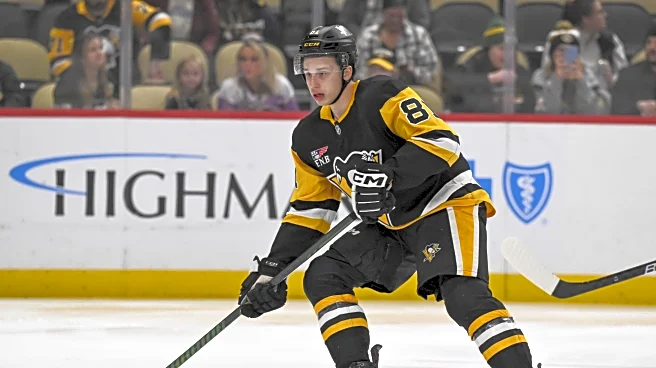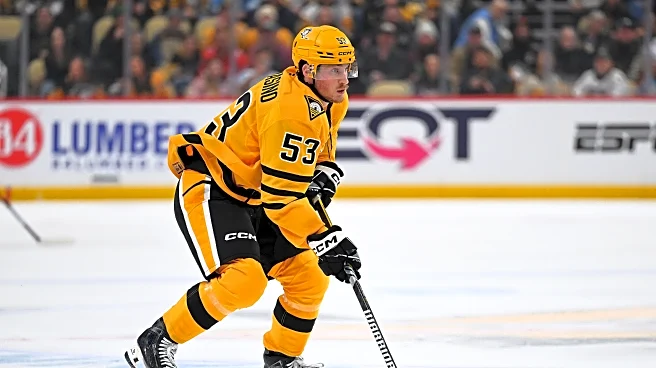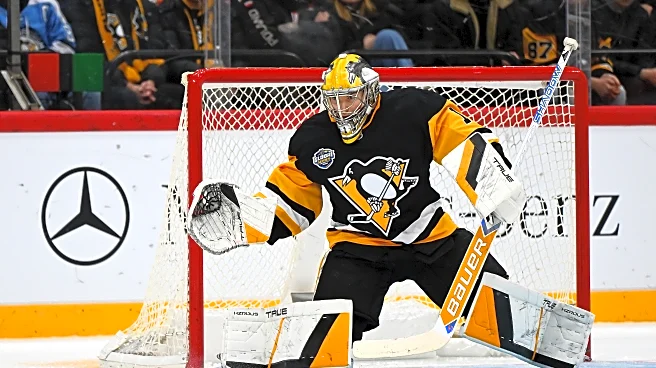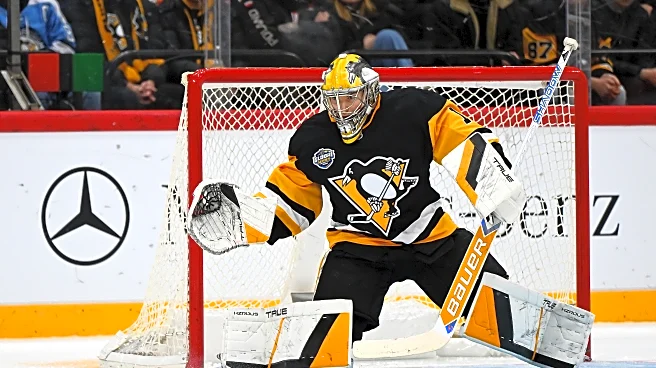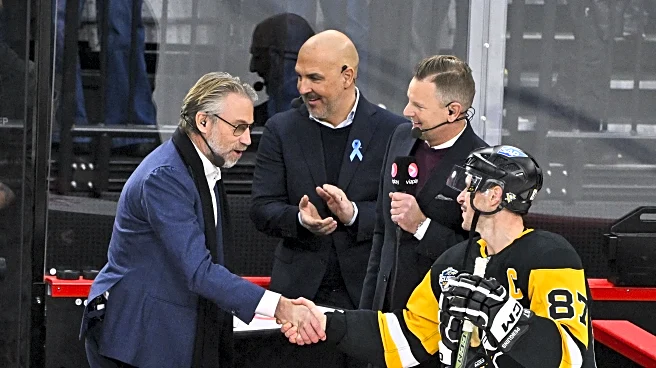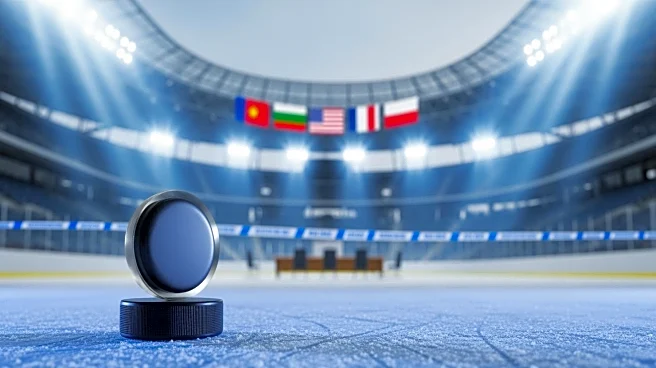The Pittsburgh Penguins win over the Nashville Predators on Sunday was arguably their best game of the season. Statistically speaking, it actually was their best game of the season as it not only resulted
in a 4-0 win, but also produced their highest 5-on-5 expected goal share (71.9 percent), highest scoring chance share (66.7 percent), their third-highest high-danger scoring chance share (68.4 percent) and their third-highest total shot attempt share (53.6 percent). They were mostly great from start to finish, and not only jumped out to an early 3-0 first period lead, they also helped rookie goalie Sergei Murashov get his first career win and shutout all in the same game.
Given the way the previous two weeks had gone in terms of results, it was a much-needed performance. They not only needed a win, they just needed to play a strong game. They accomplished both.
Even when taking into account the opponent, it was still an impressive showing when you consider the injury situation at forward and the number of players they are currently without.
That game also came with a very notable lineup change from the past couple of weeks.
Rookie forward Ben Kindel was moved back to center on his own line and was no longer part of the Sidney Crosby-Bryan Rust line.
It was the right move.
It worked.
It should continue.
I get why the Penguins attempted to put Kindel on the wing with Crosby and Rust. He is a talented player, has been fantastic, and with Rickard Rakell injured there was an obvious opening in that spot. That line was also struggling. Badly. It was also an opportunity to give Kindel top-tier linemates and a chance to produce more offense in the form of goals and points.
The problem is that it didn’t really work. At least not right away. Certainly not in the way they had hoped. In 45 minutes of 5-on-5 ice-time together that trio was outscored by a 0-2 margin, and was on the negative side of every scoring chance and expected goal metric. I imagine in time it might have generated offense, just because those three are too talented NOT to generate offense, but it wasn’t doing much in the short-term. Not only was the first line not producing, but it also completely neutered what had been an excellent third line with Kindel centering it.
No matter who his wingers were, his line was consistently pushing play, generating chances and shutting down opposing teams. He looked better as a center, the third-line looked better with him centering it, and every piece of objective data that exists supported both of those things.
The team was also better. Significantly so. Mostly because it was more balanced and did not really have any one particular line that was not giving them anything. The top-six is still generating offense, the fourth-line is a great energy line, and Kindel’s line is a consistent territorial monster.
It also kept Kindel at his natural position, and the position he is going to be playing for a long time in Pittsburgh. Eventually in a bigger role.
Kindel’s line on Sunday, by the way, had an 84 percent expected goals share in its 9:15 of ice-time.
Playing on Crosby’s wing for this season would have almost certainly created an opportunity for him to produce more tangible results in terms of goals and points, which would have looked nice and made everybody feel even better about him and his long-term future.
This might be a controversial thing to say, but I do not really care how many goals and points he produces this season. At least not that much. Obviously you want to see him produce something, but it is far more important for him to continue to develop into a good all-around hockey player at his natural position. If that means scoring 15-20 goals with 35-40 points, instead of 25 goals and 45-50 points, then so be it. Especially when putting him on the wing is thinning out the current roster and making it worse. With the team suddenly in a playoff race, that is not helping anything.
There is also still room for him to develop offensively playing in this third-line role.
For one, the Penguins aren’t asking him to ignore offense to play a chip-and-chase, safe game. He has played his game and to his talents in that role. You like to imagine that eventually goals will be there, especially as his linemates improve or simply get better in the form of better players (Rutger McGroarty? Ville Koivunen when he returns?). He is also not really hurting for ice time. Had he played on Crosby’s line on Sunday, he would have only played about 45 more seconds. First year head coach Dan Muse has been extremely consistent about rolling four lines this season, and there is plenty of ice-time to go around.
Kindel is also getting top power play time, which is where he is really going to get opportunities to score goals and points, while also still getting the opportunity to play his natural and future position during 5-on-5 play.
You do not need to play him out of position to boost his offensive production. Especially since 18-year-olds, just due to the fact they are 18-year-olds, do not generally score a lot.
Kindel is only the 34th 18-year-old to play in at least 17 games since the start of the 2005-06 season. On average, that is a little more than 1.5 per season. Only 11 of those players scored more than 40 points.
Alekasnder Barkov had just 24 points in 54 games.
Ryan O’Reilly had 26 in 81 games.
Andrei Svechnikov had 37 in 82 games.
Valeri Nichushkin had 34 in 79 games.
Jach Hughes had 21 in 61 games.
David Pastrnak had 27 in 46 games.
Steven Stamkos had 46 in 79 games.
That is a lot of good players that went on to pretty great things in the NHL.
Kindel is currently on a 34-point pace over 82 games, and with continued consistent power play time I think there is a chance that number increases a little, all while letting him get proper development at the position the Penguins need him to play.
Keep him at center. He will be better now and in the future. The team will be better now. The team will be better served for the future. It is the most logical and best move.
